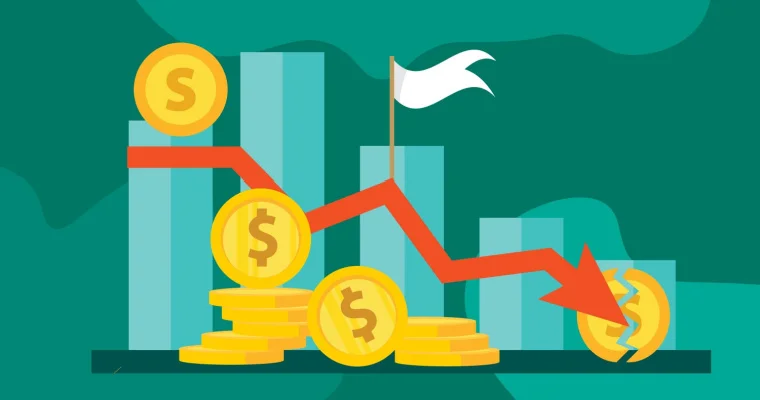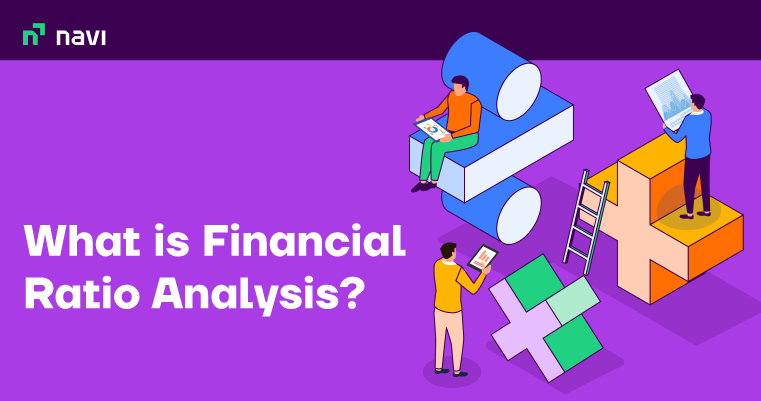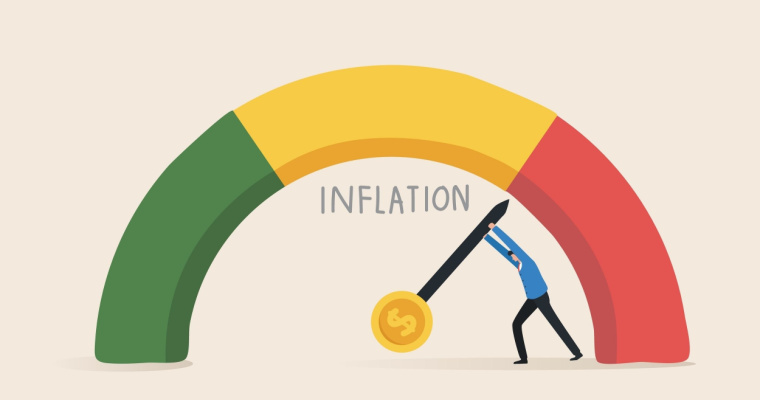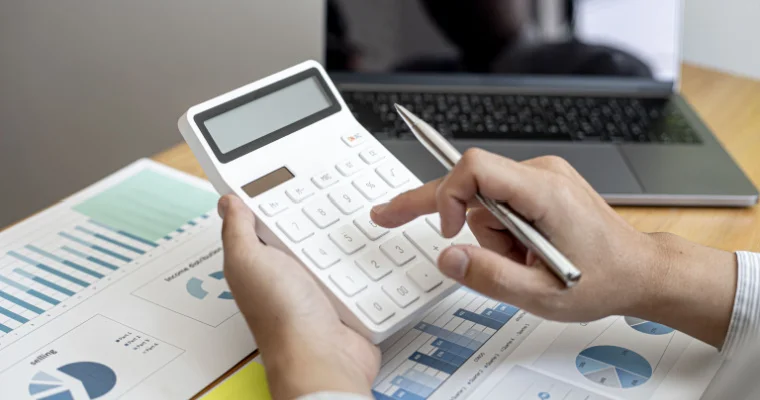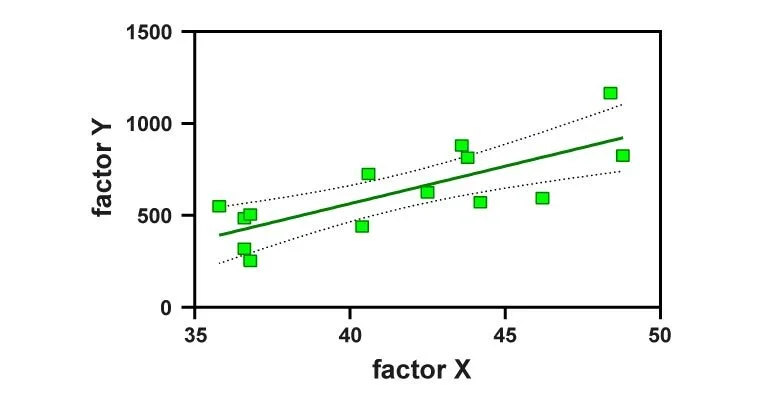What Is Terminal Value – Its Formula, Calculation, Methods and Examples
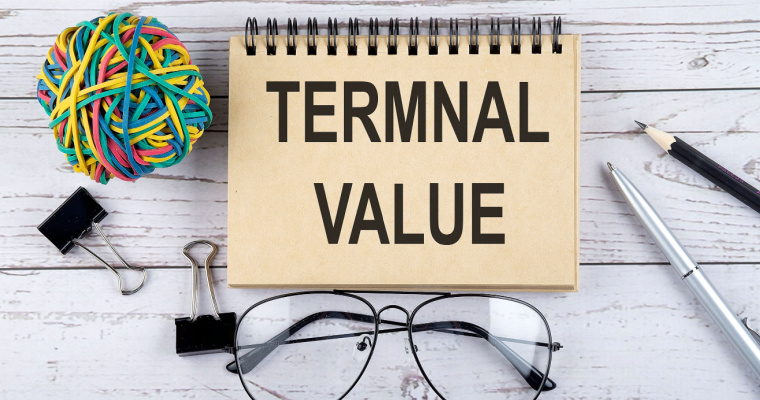
The terminal value of an organisation or security is an important tool that helps business owners estimate its future value. Understanding terminal value calculations enable businesses to attract investors and strategize with respect to business growth.
Let’s take a closer look at the concept of ‘terminal value’, including its benefits and limitations, formula, calculations, example, benefits and limitations. Read on!
Importance of Terminal Value
The terminal value of a company helps assess its current value on the basis of its future value prediction. Analysts rely on a discounted cash flow model to evaluate the total value of a company. The forecast period and terminal value are important components of a discounted cash flow model.
For instance, if the stock prices of a company are very low, the current value may seem low. In such cases, the terminal value makes it possible to estimate the potential for growth and future value of the company. This, however, is only a prediction, and the current value can increase based on the expectation of the market regarding the company’s future.
Terminal cash flow can be derived based on the present cash flow. This will also allow the discounted cash flow (DCF) to be calculated. The assumption behind the DCF is that the value of the company is the sum of all future free cash flows that are discounted to the current day to reflect the “time value of money”.
Ways to Calculate Terminal Value
The terminal value calculation for a business can be done in two main ways. Both these ways are based on current trends, and help predict the future value of a business.
The two main methods to calculate the terminal value are:
1. Stable Growth Method of Terminal Value Calculation
This method is also known by various other names, such as the perpetual growth or Gordon growth model. It is based on the assumption that the business will grow at a consistent rate in the future. It is based on a mathematical theory and is the preferred method of calculation for analysts. It also assumes that the cash flows are reinvested into the company, enabling the company to continue to grow at the same rate.
Here is how this method determines the terminal value:
a. Calculate the Free Cash Flow (FCF)
The stable growth terminal value calculation requires the company’s FCF during the final 12 months of the current forecast duration. The FCF is then multiplied by the sum of the stable growth rate (S) and 1. This gives us the first part of the equation:
FCF * (S + 1)
b. Find the Discount Rate
The discount rate is calculated; this is usually taken to be the weighted average cost of capital (WACC), which is what we will consider here. Then, the stable growth rate is subtracted from it. This yields the subformula:
WACC – S
c. Divide Equations 1 and 2
Terminal value = (FCF * [S + 1]) / (WACC – S)
Example:
Suppose the free cash flow of a business is Rs. 4,00,00,000 and the stable growth rate and the weighted average cost of capital are 5% and 8% respectively. Here is the terminal value calculation for the business based on the formula given above:
- FCF * (S + 1) = Rs.4,00,00,000 * (0.05 + 1) = Rs.4,20,00,000
- WACC – S = 0.08 – 0.05 = 0.03
- Terminal value = Rs.4,20,00,000 / 0.03 = Rs.1,40,00,00,000
2. Exit Multiple Method of Terminal Value Calculation
This method is also called the terminal multiple model. It predicts the value of a company assuming that another company will acquire it. It doesn’t assume indefinite growth but determines the value of the company at the time its ownership changes hands. This is a more popular method among investors because industry professionals prefer comparing the value of a business to the observations they can draw from the market. Some analysts also use both terminal value calculation methods and regard the real value as the average of the values from both methods.
Here is how this method works:
a. Assume that the Company will be Sold Mainly on the Basis of a Certain Measurable Financial Statistic:
The terminal value calculation using the exit multiple method requires assuming that a company will sell mainly on the basis of some measurable financial statistic. This statistic could be the annual sales, gains, taxes, earnings before interest, EBITDA, etc. However, irrespective of the statistic being used, it is important to use values for it prior to any deductions.
b. Ascertain the Multiple of the Financial Statistic:
Once the statistic to be used has been decided on, one must determine what multiple of the statistic the company is likely to sell for. This is determined based on data from other companies that have been sold.
c. Determine the Terminal Value by Multiplying the Results from 1 and 2:
Terminal value = multiple * financial statistic
Example:
Suppose the total annual sales of a company are Rs.20,00,00,000 and other companies have sold for an average amount equivalent to 10 times their annual sales. Then, the terminal value formula based on the above discussion will be as follows:
Terminal value = 10 * Rs.20,00,00,000 = Rs.200,00,00,000.
Terminal Value Formula
As seen above, the terminal value formula varies based on the terminal value method being used. Business owners or investors can use either terminal value calculation formula.
1. Terminal Value Formula – Stable Growth Method
Terminal value = [FCF * (1 + S)] / (WACC – S),
where FCF is the free cash flow, S is the stable growth rate, and WACC is the weighted average cost of capital.
2. Terminal Value Formula – Exit Multiple Method
Terminal value = multiple * financial statistic
Terminal Value Example
Suppose a group of companies wishes to estimate the value of one of its verticals. It must first decide on the method it wishes to use for the terminal value calculation. Let us assume that the group chooses the stable growth or perpetuity growth method. The declared growth rate of the vertical is 2.5% per annum in perpetuity, and the free cash flow is Rs.25,00,000 at the end of the fifth year (i.e., the end of the forecast period). The weighted average cost of capital is 11%.
Substituting the data above in the terminal value formula, we get
Terminal value = [Rs.25,00,000 * (1 + 2.5%)]/ (11 – 2.5) = Rs.3,01,47,058
This means the future value of the vertical is Rs.3,01,47,058 in terms of the value of money today. It is important to remember that the growth rate is always less than the projected growth rate of the economy that governs the business.
How to Find the Present Value of Terminal Value
The formula for the present value of a terminal value is:
Present value = Terminal value / (1 + k)n
Or
Present value = Terminal value / WACC
Where k is the cost of capital or investment, WACC is the weighted average cost of capital, and n is the number of years.
Benefits of Calculating the Terminal Value
- Helps Make Better Business Decisions: The terminal value is essentially a projection of the future of a company. The terminal value formula can make it possible to assess investments, determine which decisions are viable, and how they may affect the future value.
- Helps Assess the Value of an Investment: When assessing current and potential investments, it is important to know how valuable they are. Since profitability is the primary goal for most investors, having an estimate of the future value of a company can help shed light on whether it is worth its current price. The calculation also helps attract investors by showing them how much their investment may be worth in the future.
- Uses Up-to-Date Information to Predict the Future: While it may seem futile to place bets on an unpredictable future, the idea of terminal value does so by using the most recent information. Thus, projections can be made continually as trends and situations change. This makes it possible to know what might impact trends, and to adjust plans based on this information.
Limitations of Terminal Value
- Not All Predictions are Accurate: Since the future depends on several factors, some predictions may be inaccurate. Some factors can be hidden and affect the calculations. The terminal value can be considered as a guide but not a guaranteed value. It is a good idea to recalculate it periodically to track how and why it changes.
- Multiples May Change Frequently: Calculating exits can be tricky because the multiples for companies that sell may change frequently. Only thorough research can make it possible to find accurate multiples.
Final Word
The concept of ‘terminal value’ is an important financial tool that can make it possible to make informed business decisions and predict the future of a company. It enables a determination of how much a business is worth today and what its value will be in the future. However, it is only an indicative value, and business owners and investors must evaluate it regularly to maintain accuracy.
FAQs
Ans: The terminal value is an estimation of the value of a project, company, or asset beyond the initial forecast period.
Ans: The terminal value is calculated to determine the future value of a company or security, and to find out how certain decisions may impact its value.
Ans: As the time horizon for valuation increases, it may become difficult to forecast the future of a company accurately. Analysts and investors thus use financial models, such as the discounted cash flow model, to make predictions. Such models rely on several baseline assumptions, one of which is the terminal value.

Customer’s Feedback
No comments found.What is Primary Deficit? – Example, Formula & Measures
What is a Primary Deficit? Primary Deficit is the difference between the current year’s fiscal... Read More »What is Financial Ratio Analysis? – Objectives, Types and Uses
Ratio analysis is a process that allows people to assess the financial health of a company. Using t... Read More »Treasury Management – Its Functions, Types and Benefits
Even the most well-funded business can run into huge losses if it does not have the resources to fu... Read More »How Anti Money Laundering Combats Financial Crime?
Anti Money Laundering (AML) is a system of rules, laws, regulations, and procedures that financial ... Read More »What is Salvage Value and Why is it Useful?
Salvage value, also called scrap value, is the value of a specific asset after its useful life. In ... Read More »Key Difference Between Factoring and Forfaiting in Trade Finance
Factoring and forfaiting have grown in prominence as major sources of export financing. For the uni... Read More »What is Factoring and its Importance in Financial Management?
Factoring is a practice in which a company buys the accounts receivable of another company at a dis... Read More »What is Budget Surplus: Its Effects, Advantages and Impact with Examples
When the revenue of a government, business, or individual exceeds its expenses in a given period, i... Read More »What is Balanced Budget – Components, Importance and Examples
In financial planning or the budgeting process, a balanced budget is one in which total anticipated... Read More »What Does Inflationary Gap Mean in Macroeconomics?
In macroeconomics, the difference between current and potential GDP is known as a gap. This gap is ... Read More »What is Accounting Conservatism in Finance and How Does it Work?
Accounting conservatism involves a conservative set of accounting guidelines wherein the worst-case... Read More »Multiple Linear Regression (MLP) – Uses, Formula and Examples
Various statistical models help in establishing a relationship between different variables. Multipl... Read More »Top 10 Chit Fund Schemes in India in 2023
Chit funds are one of the most popular return-generating saving schemes in India. It is a financial... Read More »10 Best Gold ETFs in India to Invest in April 2023
Gold ETFs or Gold Exchange Traded Funds are passively managed funds that track the price of physica... Read More »10 Best Demat Accounts in India for Beginners in 2023
Creation of Demat accounts revolutionised the way trades were conducted at the stock exchanges. It... Read More »20 Best Index Funds to Invest in India in April 2023
What is an Index Fund? An index fund is a type of mutual fund or exchange-traded fund (ETF) that... Read More »Best Arbitrage Mutual Funds to Invest in India in April 2023
Arbitrage funds are hybrid mutual fund schemes that aim to make low-risk profits by buying and sell... Read More »10 Best SIP Plans in India to Invest in April 2023
What is SIP? SIP or Systematic Investment Plan is a method of investing a fixed amount in ... Read More »10 Best Corporate Bond Funds in India to Invest in April 2023
Corporate bond funds are debt funds that invest at least 80% of the investment corpus in companies ... Read More »10 Best Bank for Savings Account in India [Highest Interest Rate 2023]
Savings account is a type of financial instrument offered by several banks. It lets you safely depo... Read More »
